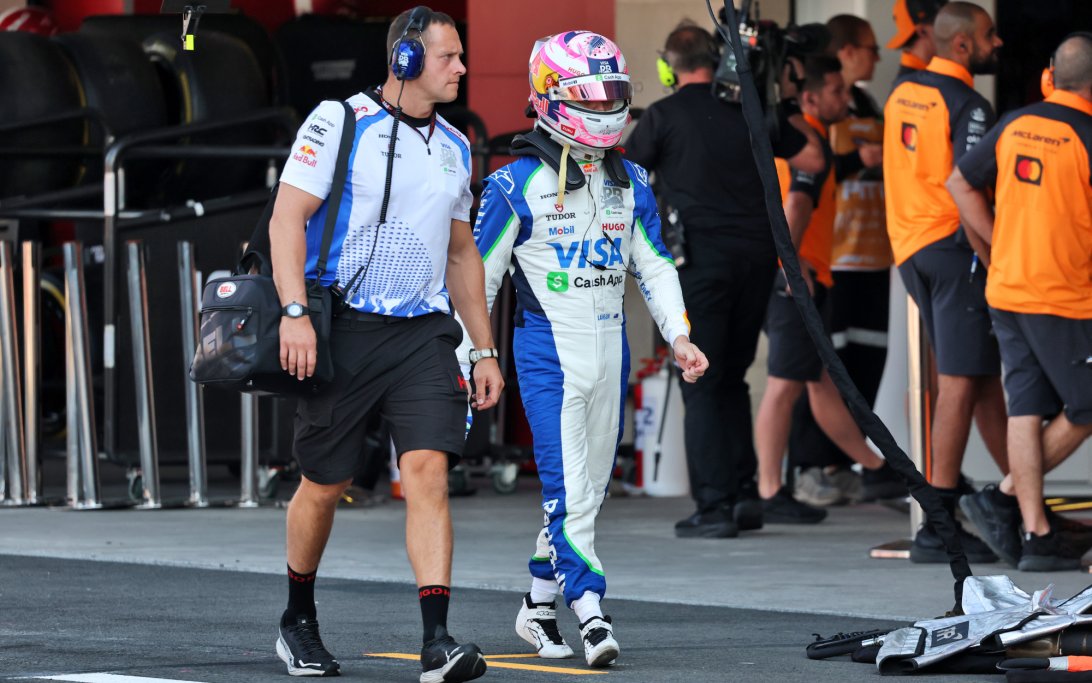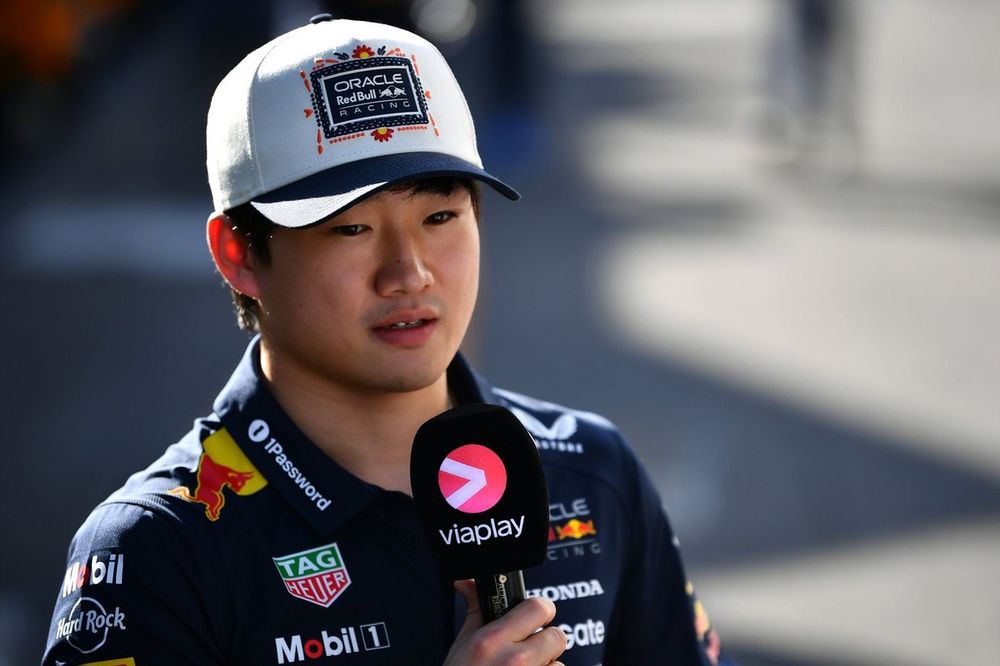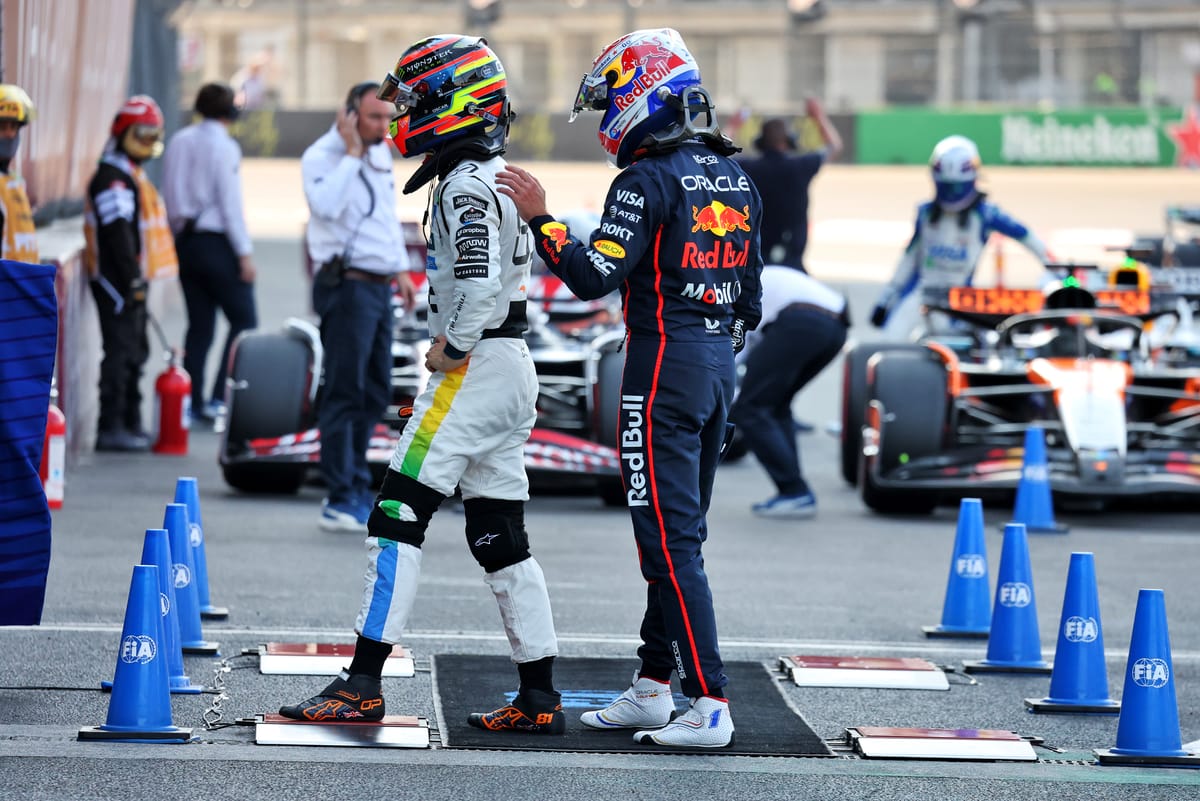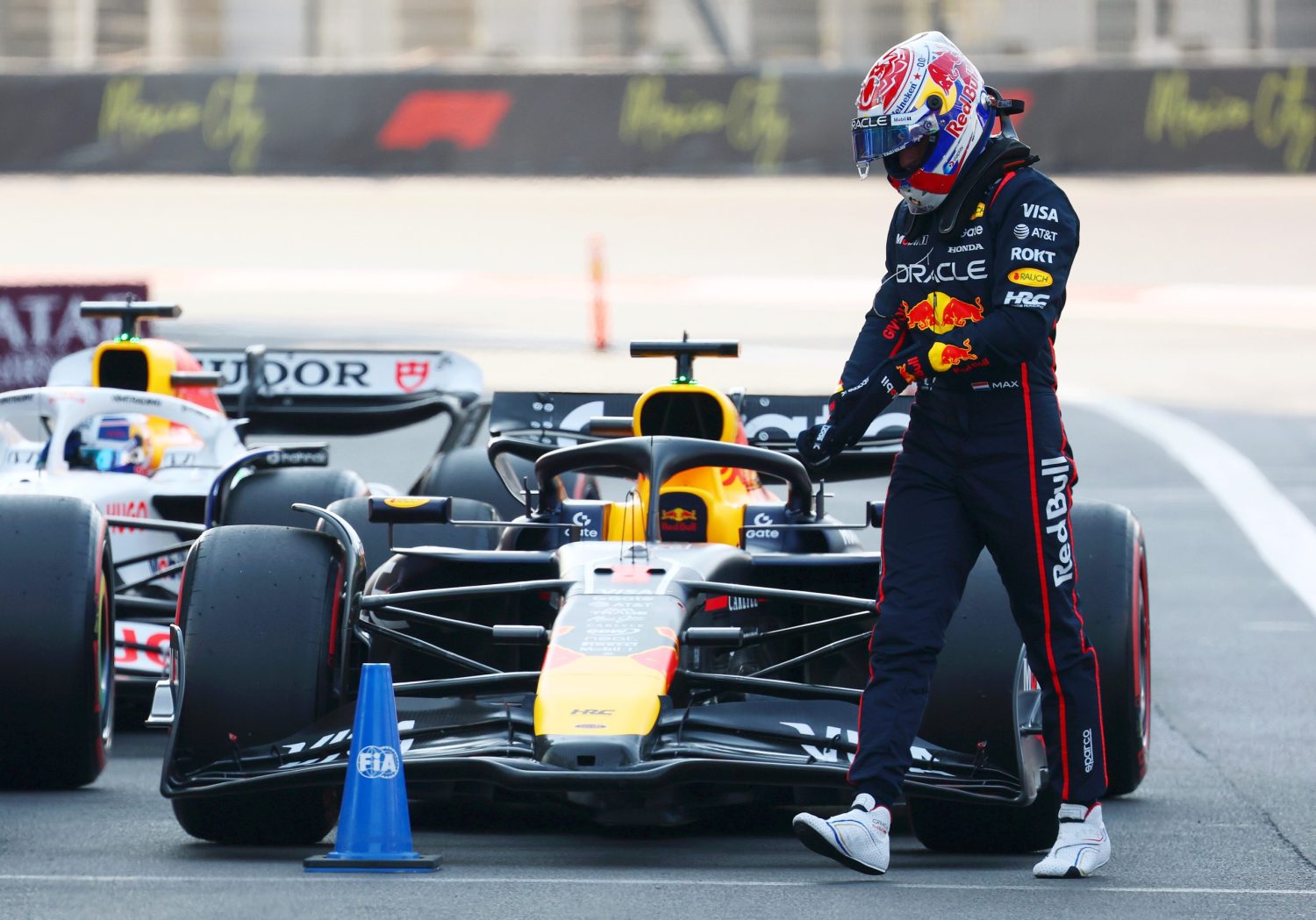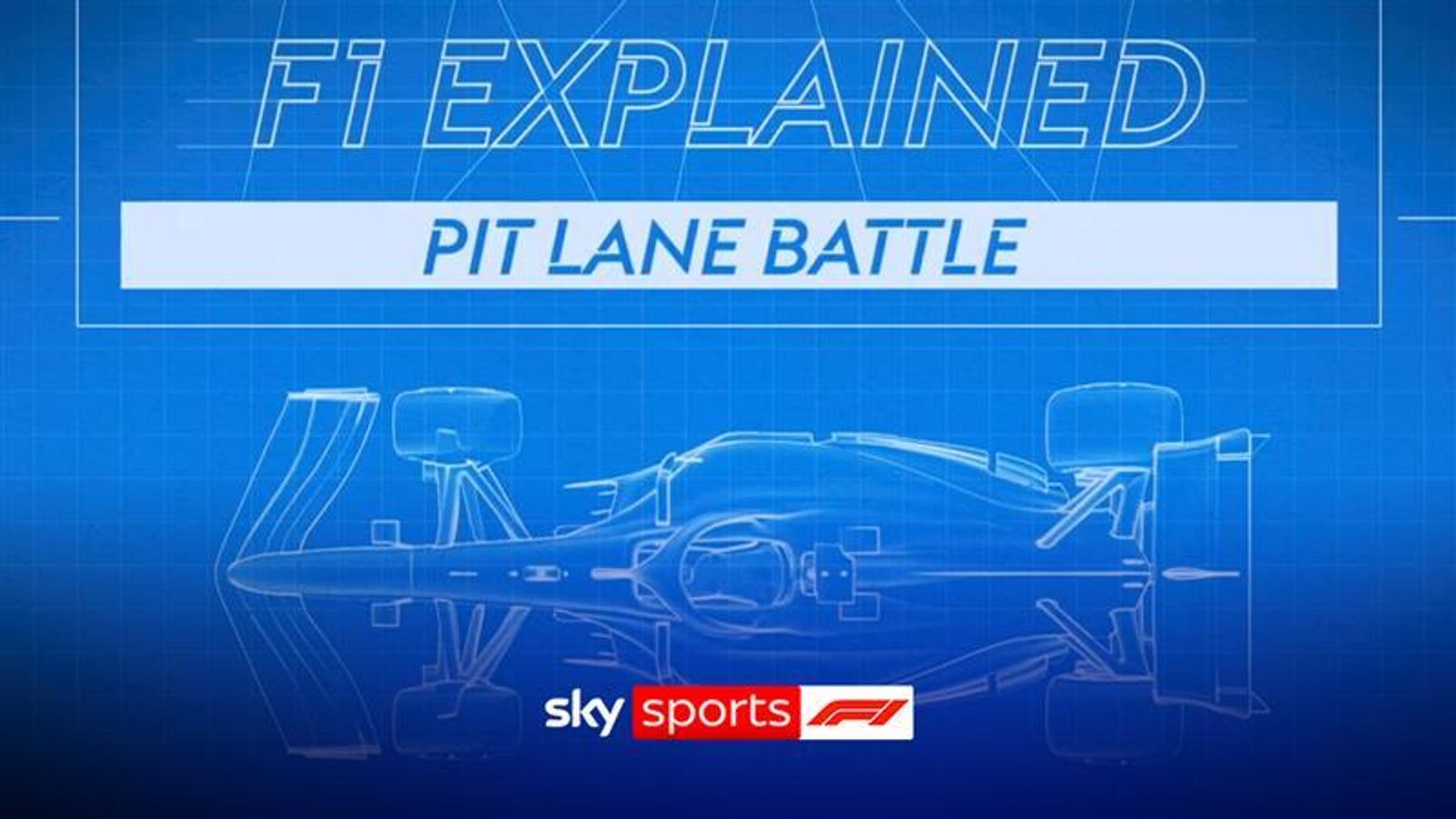
Bernie Collins Explains 'Pit Battles' Ahead of Mexico City Qualifying
Bernie Collins, a seasoned strategist, recently highlighted the often-overlooked 'pit battles' in Formula 1, emphasizing their crucial role, particularly in anticipation of the Mexico City Grand Prix qualifying. These aren't just about fast tire changes; they encompass a sophisticated dance of strategy and execution that can make or break a team's weekend.
Why it matters:
Formula 1 is a sport of razor-thin margins, and while driver skill and car performance dominate headlines, the strategic skirmishes in the pit lane can be just as decisive. Understanding these 'battles' provides a deeper appreciation for the intricate chess match that unfolds every race weekend, especially in unique high-altitude venues like Mexico City.
The details:
- Strategic Positioning: 'Pit battles' refer to the complex interplay of strategy that dictates when and where a car is released into the pit lane, how quickly it navigates the pit complex, and its position relative to competitors. It's about optimizing track position and avoiding traffic.
- Qualifying Impact: In qualifying, an ideal pit lane release can secure clear track for a flying lap, preventing drivers from encountering slower cars or dirty air. Conversely, a poor release can compromise a lap, forcing drivers to abort or settle for a suboptimal time.
- Race Day Implications: On race day, pit battles extend to undercut/overcut strategies, managing tire wear, and reacting to safety car periods. A quick, well-executed pit stop combined with smart pit lane navigation can gain crucial seconds and positions.
- Mexico City Specifics: The high altitude of Mexico City (over 2,200 meters or 7,200 feet) presents unique challenges. Thinner air impacts engine performance, aerodynamic grip, and brake cooling. This can lead to longer braking zones and more difficult overtakes, making track position gained or lost in the pits even more critical.
- Cooling Challenges: The reduced air density means less efficient cooling for engines and brakes. Teams must manage temperatures carefully, which can influence strategy choices and pit stop timing.
- Tire Degradation: The track surface combined with the high altitude can lead to unique tire degradation patterns, requiring nuanced pit stop strategies.
The big picture:
Collins' insights underscore that success in F1 isn't solely about raw speed. It's a holistic endeavor where every department, including strategy and pit operations, must perform flawlessly. The 'pit battle' metaphor captures the competitive intensity of these moments, revealing the unseen efforts that contribute to a team's performance.
What's next:
As teams prepare for qualifying in Mexico City, expect to see strategists meticulously planning every pit entry and exit. The team that masters these 'pit battles' — by optimizing their releases, executing rapid stops, and adapting to the unique conditions — will gain a significant advantage in securing a strong grid position, which is paramount on a circuit where overtaking can be challenging.
Original Article :https://www.skysports.com/f1/video/12870/13457740/f1-explained-what-is-the-pit-l...




